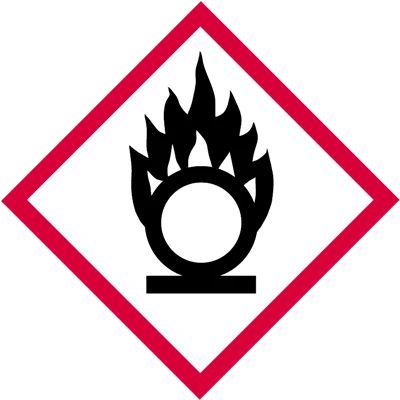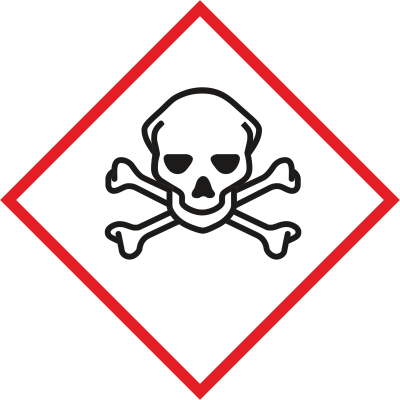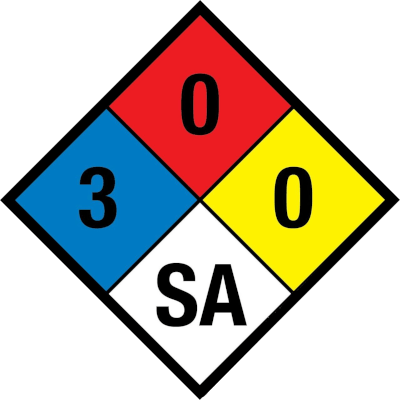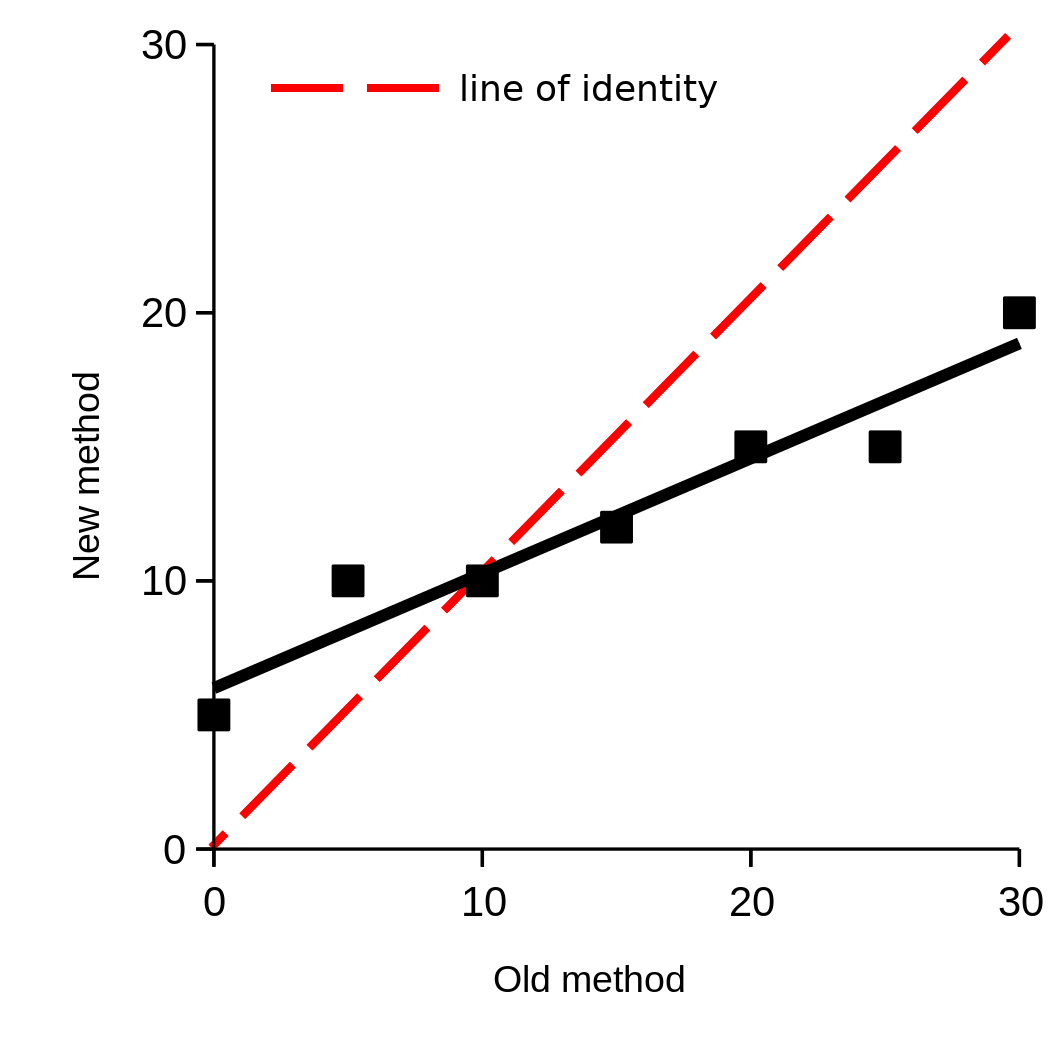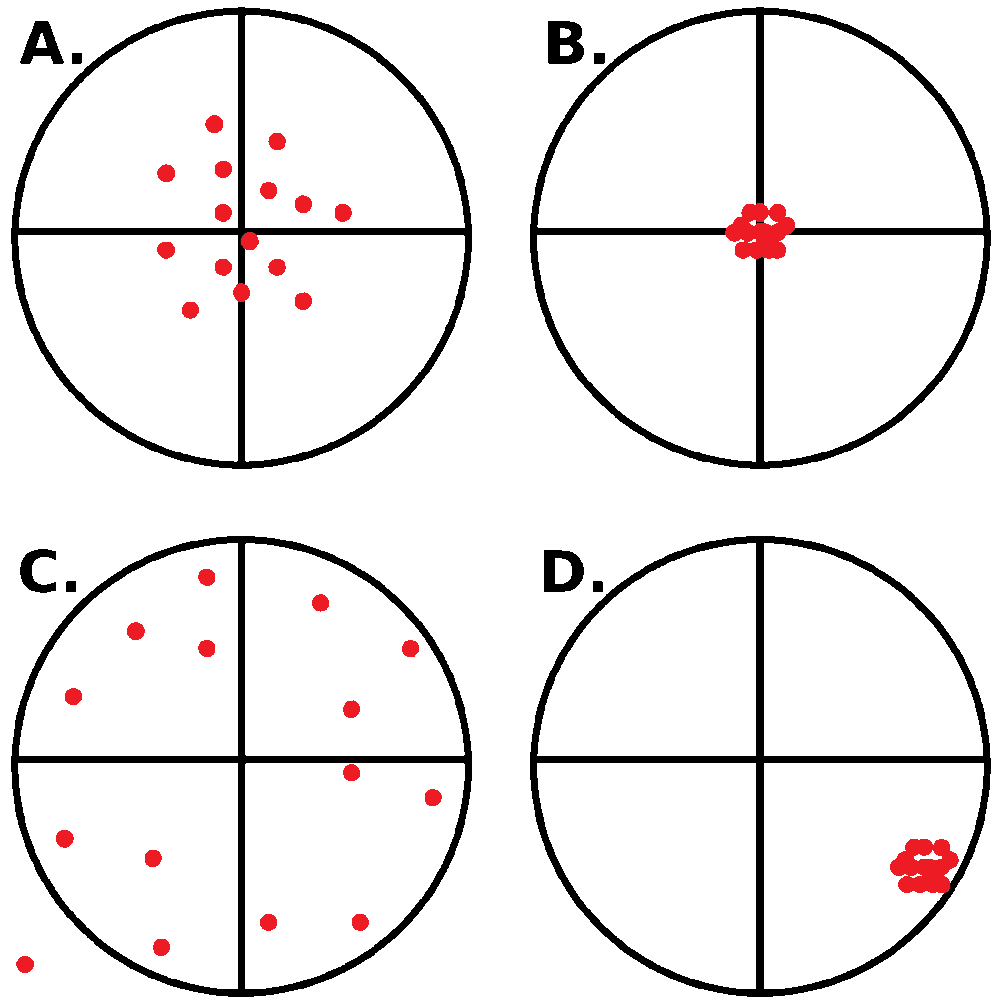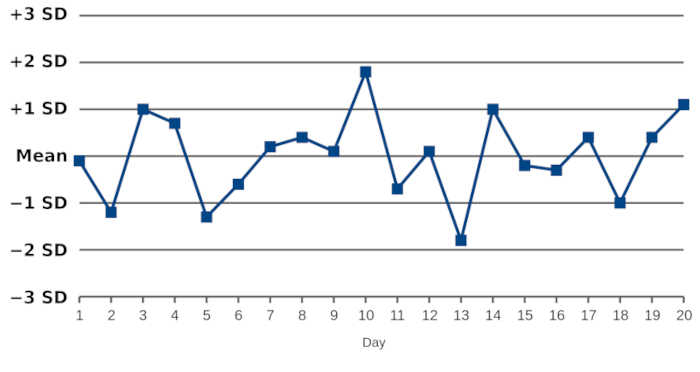 Examelot
Examelot
Report a problem
The ASCP Medical Laboratory Scientist (MLS) exam assesses the knowledge required for advanced-level medical laboratory roles. The American Society for Clinical Pathology (ASCP) administers the exam.
The exam consists of 100 multiple-choice questions and has a 2.5-hour time limit. Exam topics include blood banking, urinalysis, chemistry, hematology, immunology, microbiology, and laboratory procedures.
The exam fee is $250.
These practice questions will help prepare you for the ASCP MLS exam.
This page contains 400 practice questions divided into the seven sections of the exam: 1. Blood banking, 2. Urinalysis and other body fluids, 3. Chemistry, 4. Hematology, 5. Immunology, 6. Microbiology, and 7. Laboratory operations.
All questions have been carefully designed to mimic the questions on the real exam, to help you prepare and get a passing grade.
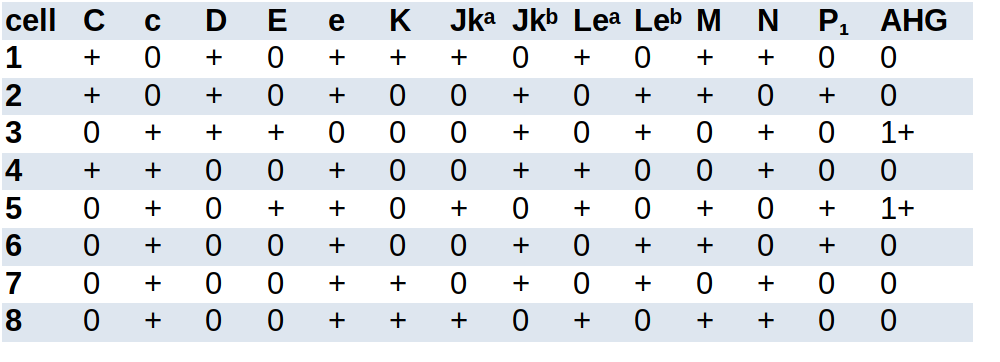
| Red cell grouping | Serum grouping | ||||
|---|---|---|---|---|---|
| anti-A | anti-B | anti-A₁ | A₁ cells | B cells | |
| 4+ | 0 | 0 | 2+ | 4+ | |
| Red cell grouping | Serum grouping | ||||
|---|---|---|---|---|---|
| anti-A | anti-B | anti-D | A₁ cells | B cells | |
| 0 | 4+ | 0 | 4+ | 0 | |
| Red cell grouping | Serum grouping | |||
|---|---|---|---|---|
| anti-A | anti-B | A cells | B cells | |
| 4+ | 1+ | 0 | 4+ | |
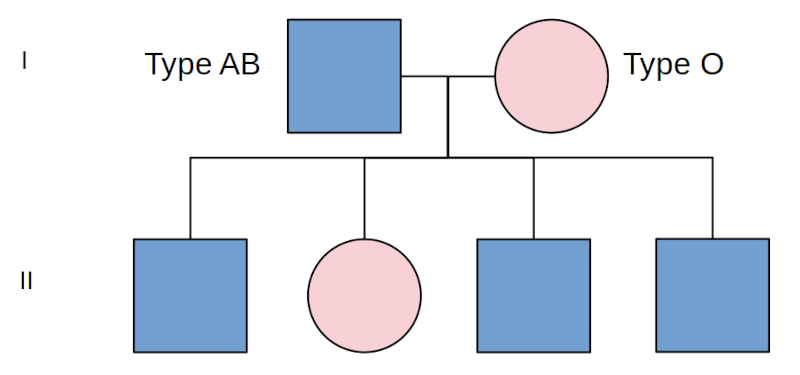
| anti-D | anti-C | anti-E | anti-c | anti-e |
|---|---|---|---|---|
| + | + | 0 | + | + |
| anti-D | anti-C | anti-E | anti-c | anti-e |
|---|---|---|---|---|
| + | 0 | + | + | 0 |
| Parameter | Result |
|---|---|
| Color | Pale yellow |
| Appearance | Foamy |
| Specific gravity | 1.030 |
| pH | 6.5 |
| Glucose | Negative |
| Protein | 2+ |
| Bacteria | Negative |
| WBC | Negative |
| Fatty casts | Many |
| Oval fat bodies | Many |
| Test | Result |
|---|---|
| pH | 5.5 |
| Glucose | 0 mg/dL |
| GFR | 31 |
| UACR | 61 mg/g |
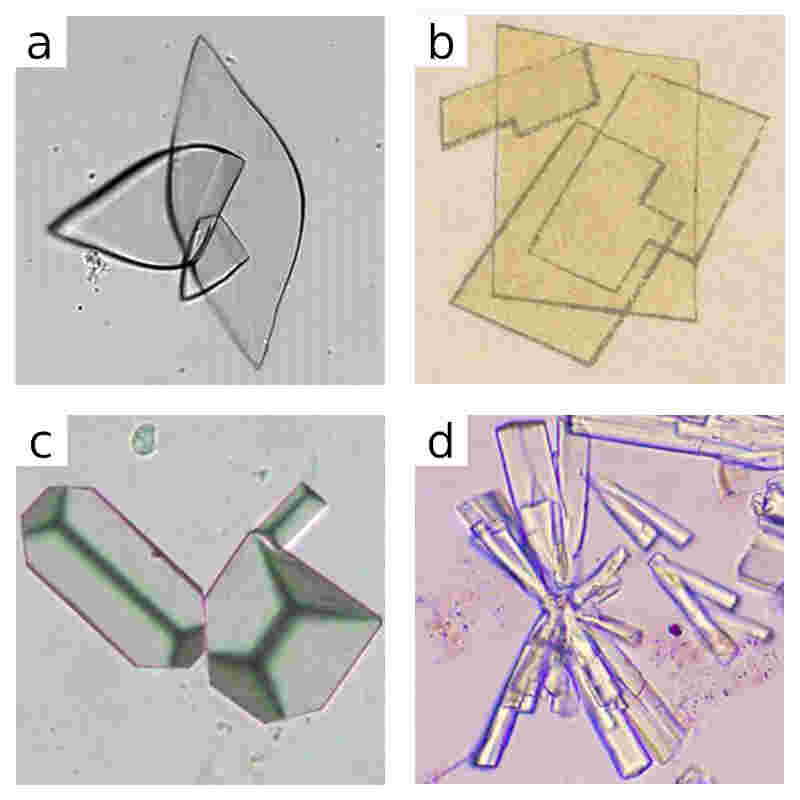
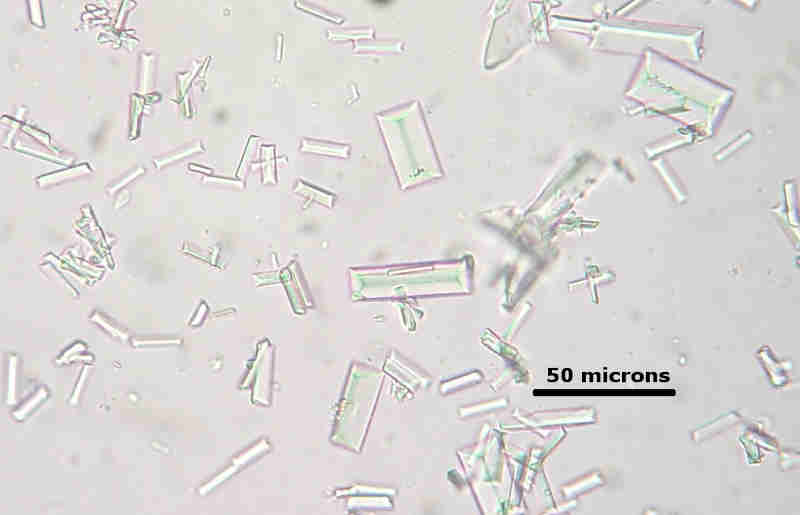
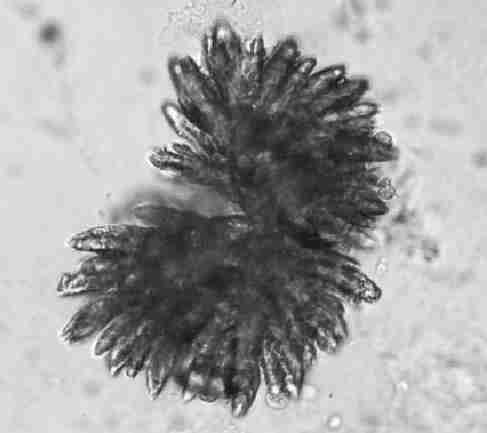
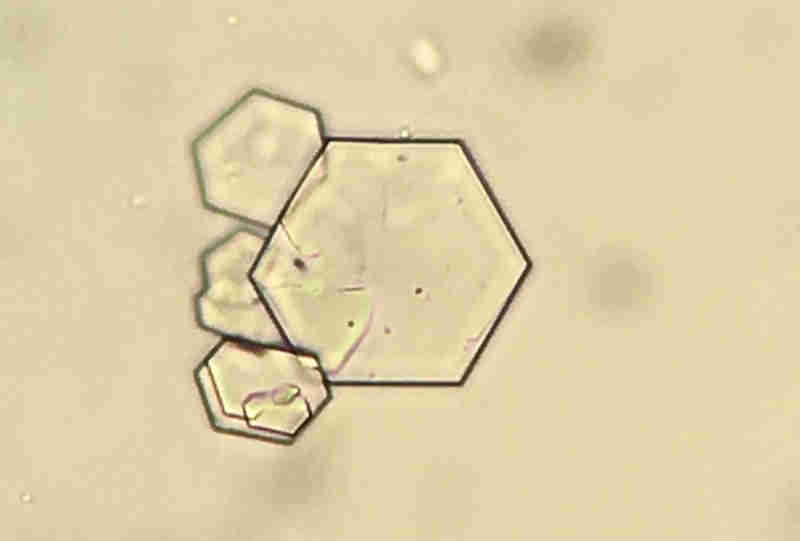
| Test | Result | Reference range |
|---|---|---|
| TSH | <0.1 mIU/L | 0.5–5.0 mIU/L |
| T4 | 32.0 pmol/L | 8.0–18.0 pmol/L |
| Test | Result |
|---|---|
| Total protein level | 8.3 g/dL |
| Albumin level | 3.4 g/dL |
| Test | Result |
|---|---|
| Sodium | 140 mEq/L |
| Glucose | 360 mg/dL |
| BUN | 5.6 mg/dL |

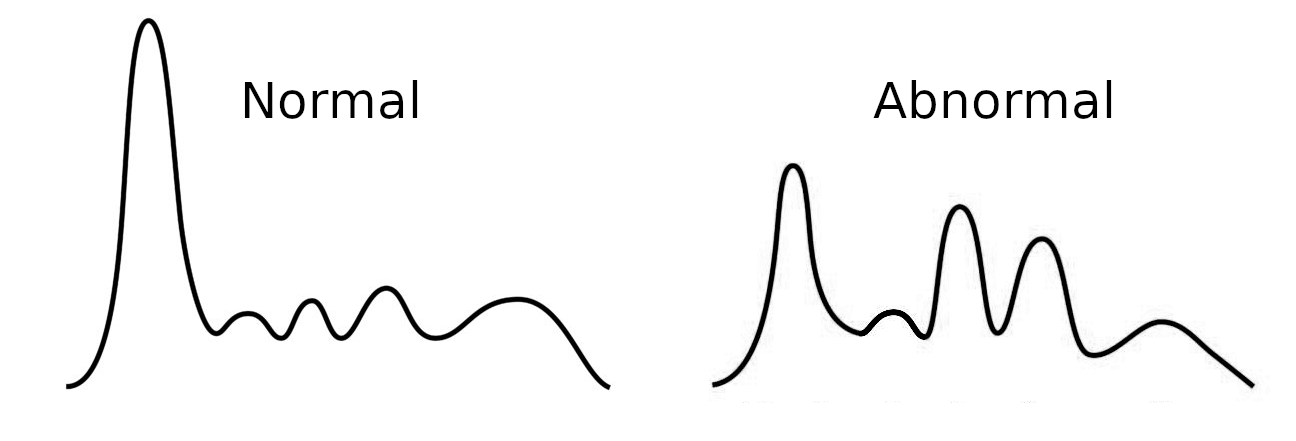
| Patient | Gender | Creatinine | BUN |
|---|---|---|---|
| 1 | Male | 1.5 mg/dL | 33 mg/dL |
| 2 | Female | 0.4 mg/dL | 1.4 mg/dL |
| 3 | Female | 1.1 mg/dL | 9.5 mg/dL |
| 4 | Male | 0.8 mg/dL | 19.9 mg/dL |
| Test | Result |
|---|---|
| pH | High |
| PaCO₂ | Low |
| Bicarbonate | Low |
| Base excess | Low |
| Test | Result |
|---|---|
| pH | 8.15 |
| PaCO₂ | 41.3 mmHg |
| Bicarbonate | 49 mEq/L |
| Test | Result |
|---|---|
| pH | 7.15 |
| PaCO₂ | 59 mmHg |
| Bicarbonate | 39 mEq/L |
| Test | Result |
|---|---|
| Glucose | 93 mg/dL |
| Creatinine | 1.6 mg/dL |
| Urea | 14 mg/dL |
| Sodium | 141 mEq/L |
| Potassium | 3.9 mEq/L |
| AST | 276 U/L |
| ALT | 134 U/L |
| GGT | 51 U/L |
| PAL | 91 U/L |
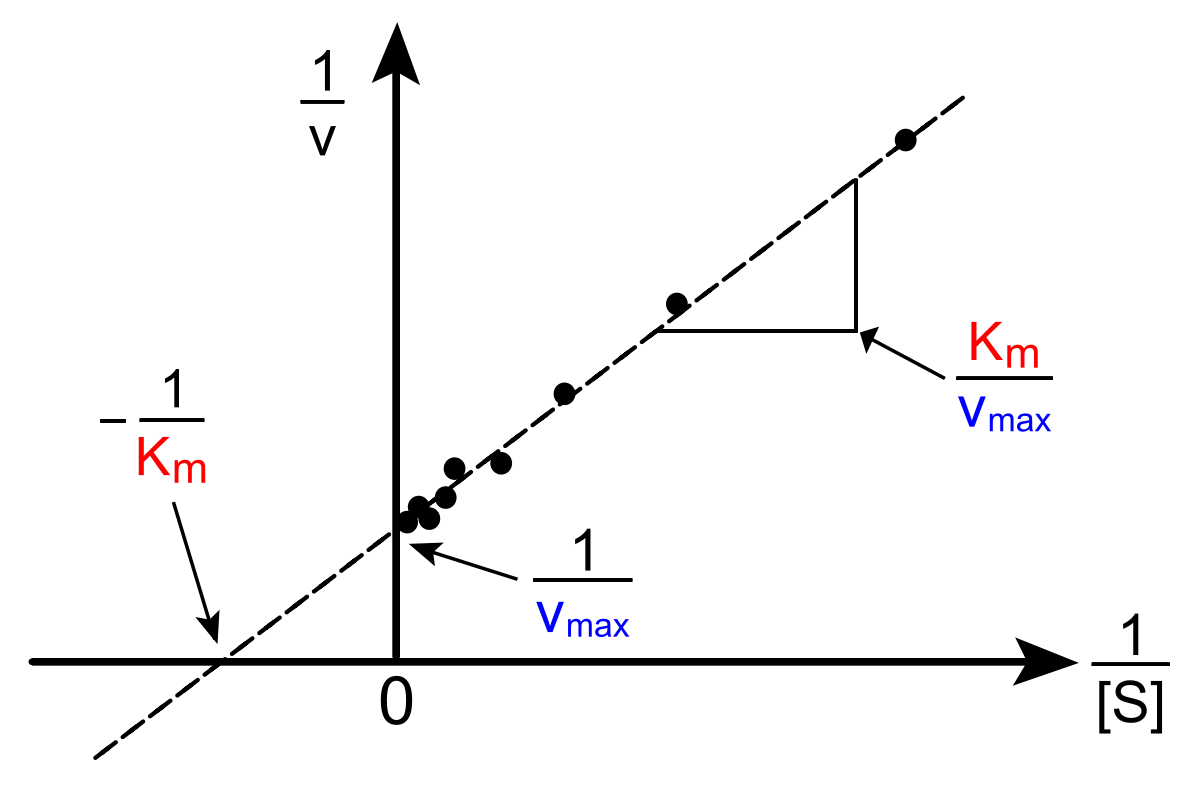
| Test | Result |
|---|---|
| Triglycerides | 230 mg/dL |
| Cholesterol | 280 mg/dL |
| HDL | 55 mg/dL |
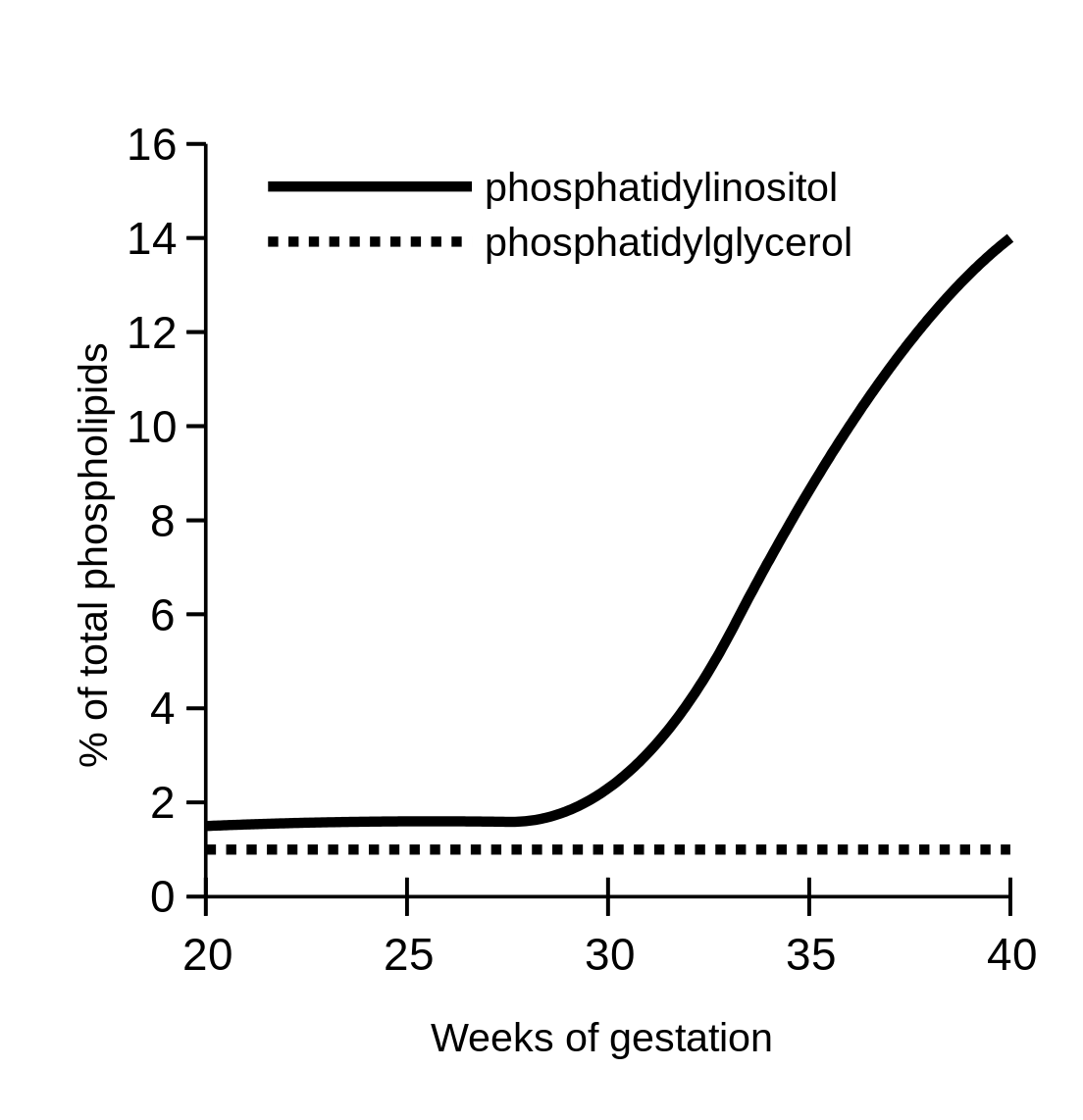
| Test | Result | Reference range |
|---|---|---|
| TSH | 10.2 mIU/L | 0.5–5.0 mIU/L |
| T4 | 2.1 pmol/L | 8.0-18.0 pmol/L |
| Test | Result |
|---|---|
| Sodium | 130 mEq/L |
| Potassium | 5 mEq/L |
| Chloride | 100 mEq/L |
| Bicarbonate | 25 mEq/L |
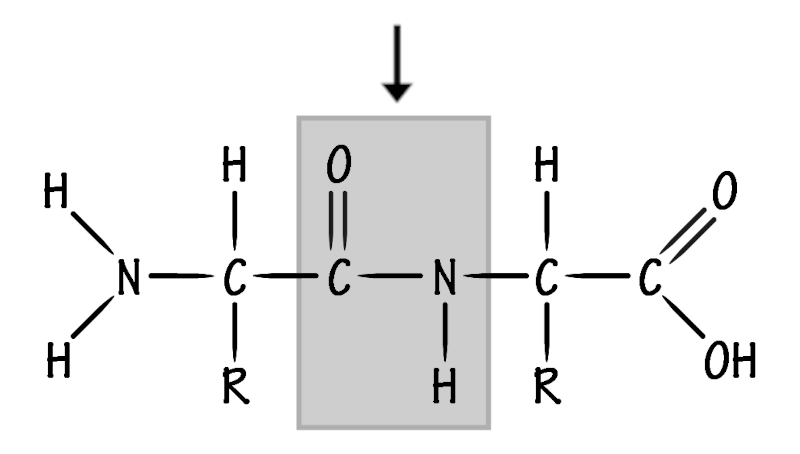
| Test | Result |
|---|---|
| WBC | 2.3 x 10⁹/L |
| RBC | 3.2 x 10¹²/L |
| Platelets | 35 x 10⁹ |
| Blasts in bone marrow: | 41% |
| Test | Result | Normal range |
|---|---|---|
| Serum iron concentration | 28 mcg/dL | 60–170 mcg/dL |
| Total iron-binding capacity | 789 mcg/dL | 240–450 mcg/dL |
| Test | Result |
|---|---|
| Serum iron concentration | 110 mcg/dL |
| Total iron-binding capacity | 440 mcg/dL |
| Test | Result |
|---|---|
| RBC | 3.6×10⁶ cells/mcL |
| WBC | 6.7×10⁹ cells/L |
| Hct | 15% |
| Hgb | 11.2 g/dL |
| Reticulocyte percentage | 9% |
| Test | Result |
|---|---|
| RBC | 4.3 × 10¹²/L |
| Hematocrit | 43% |
| Hemoglobin | 21 g/dL |
| MCH | 39 pg |
| MCHC | 45 g/dL |

| Score | Neutrophils |
|---|---|
| 0 | 10 |
| +1 | 40 |
| +2 | 30 |
| +3 | 10 |
| +4 | 10 |
| Test | Result |
|---|---|
| PLT | 35 × 10⁹/L |
| HGB | 72 g/L |
| INR | 1.5 |
| D-Dimer | 22 mg/L |
| Test | Result |
|---|---|
| Red cell count | 7.8 × 10¹²/L |
| White cell count | 7.5 × 10⁹/L |
| Platelets | 242 × 10⁹/L |
| Test | Result |
|---|---|
| PT | 22 seconds |
| APTT | 79 seconds |
| Fibrinogen | 0.5 g/L |
| Test | Result |
|---|---|
| Bleeding time | Prolonged |
| Platelet adhesiveness | Abnormal |
| PT | Normal |
| APTT | Normal |
| CBC | Normal |
| Test | Result |
|---|---|
| RBC | 5.0 × 10¹²/L |
| WBC | 8.5 × 10⁹/L |
| PLT | 320 × 10⁹/L |
| Hct | 40% |
| Hgb | 14.5 g/dL |
| Test | Result |
|---|---|
| RBC | 4.21×10¹²/L |
| Hemoglobin | 133 g/L |
| Hematocrit | 0.397 |
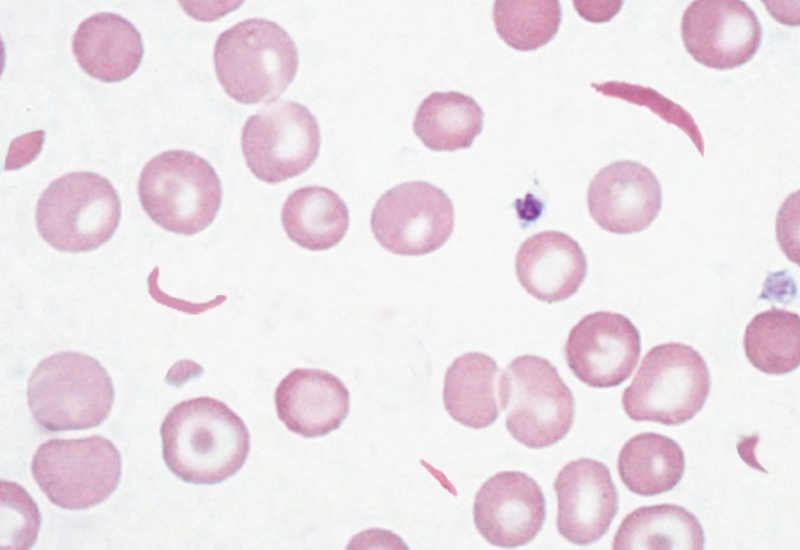
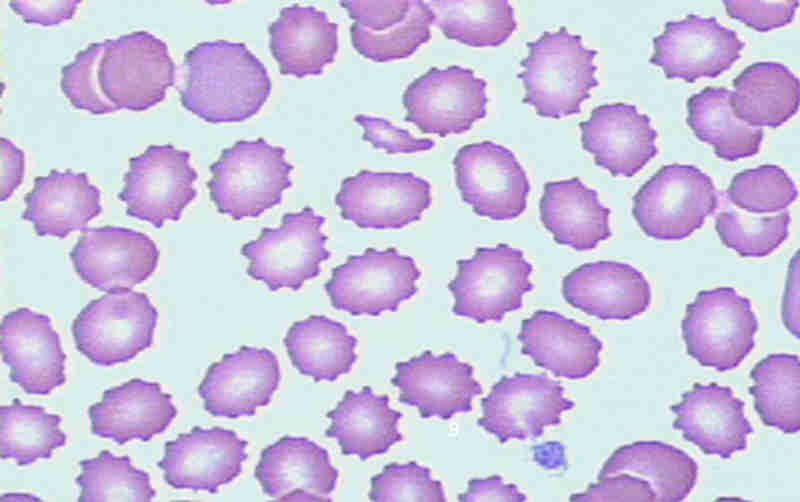
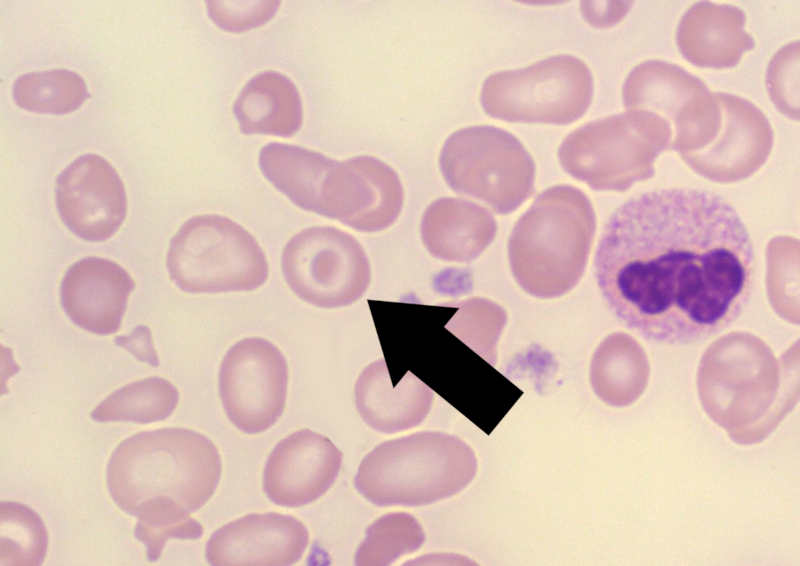
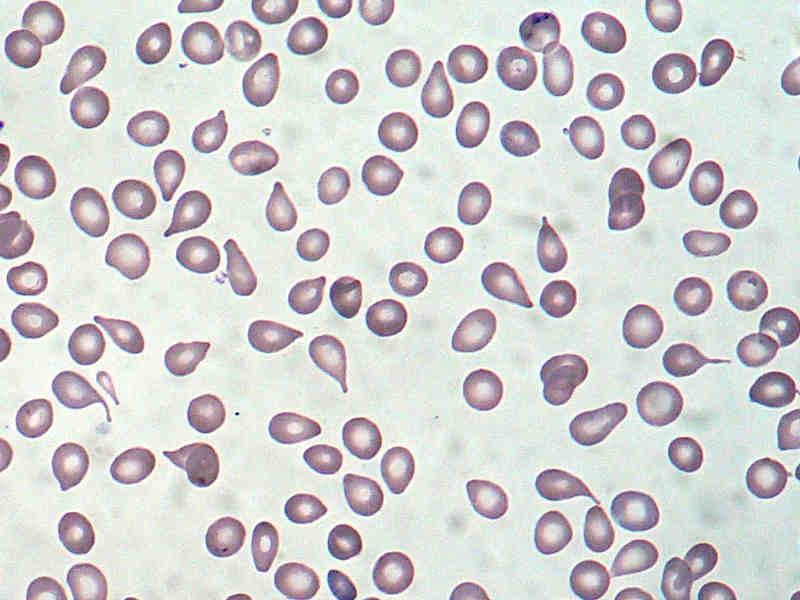
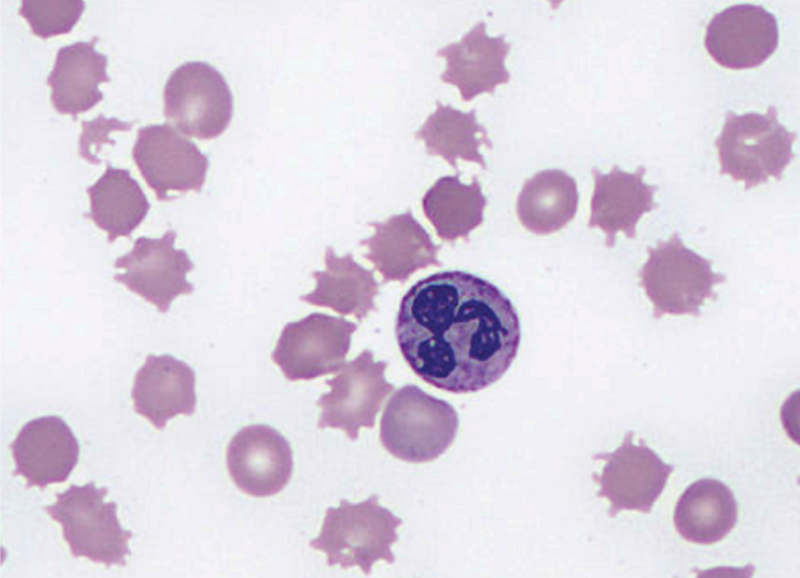
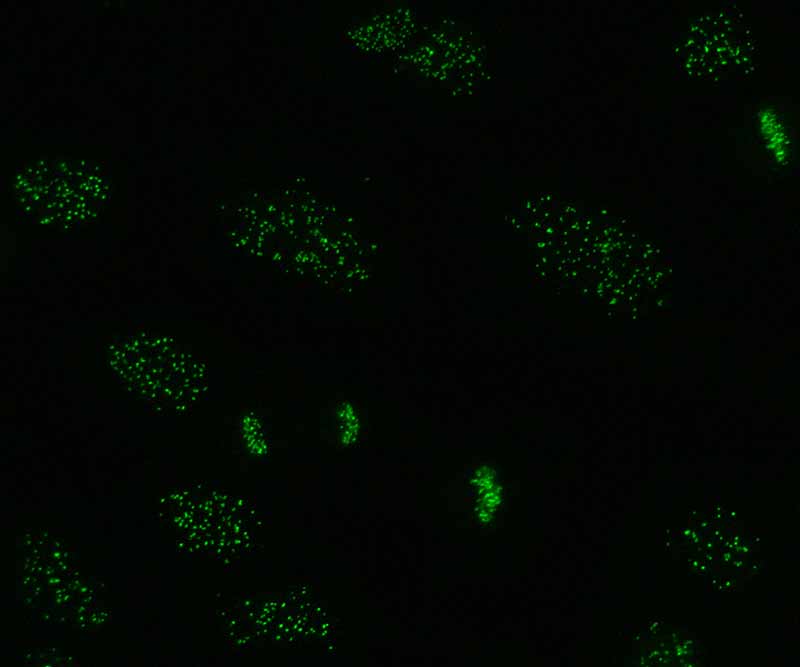



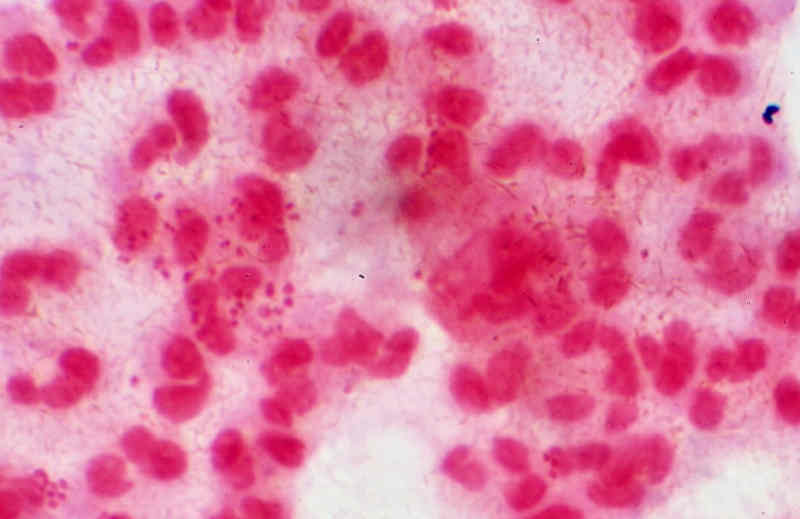
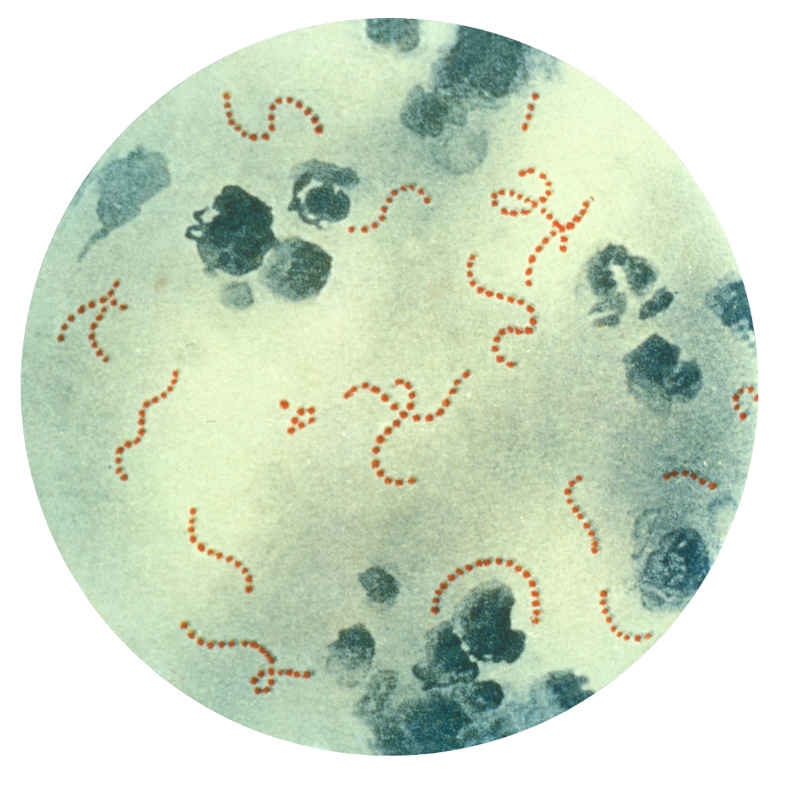
| Test | Result |
|---|---|
| Glucose | + |
| Maltose | − |
| Fructose | − |
| Sucrose | − |
| Lactose | − |
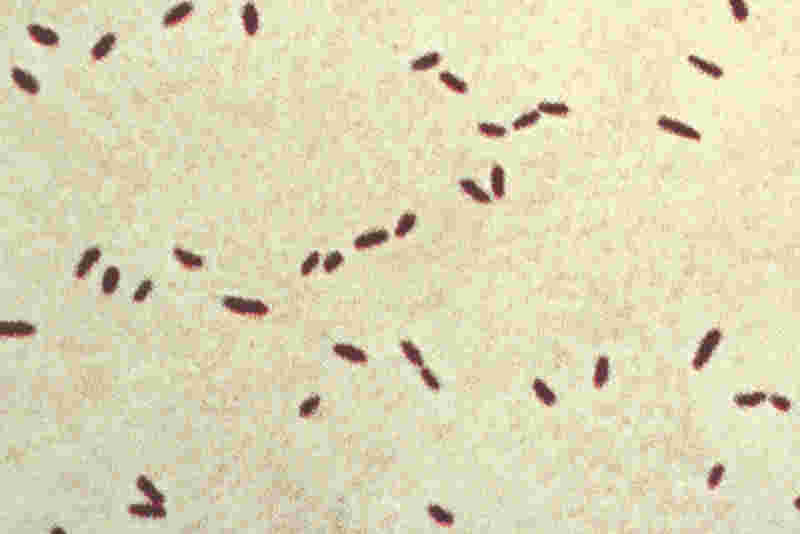
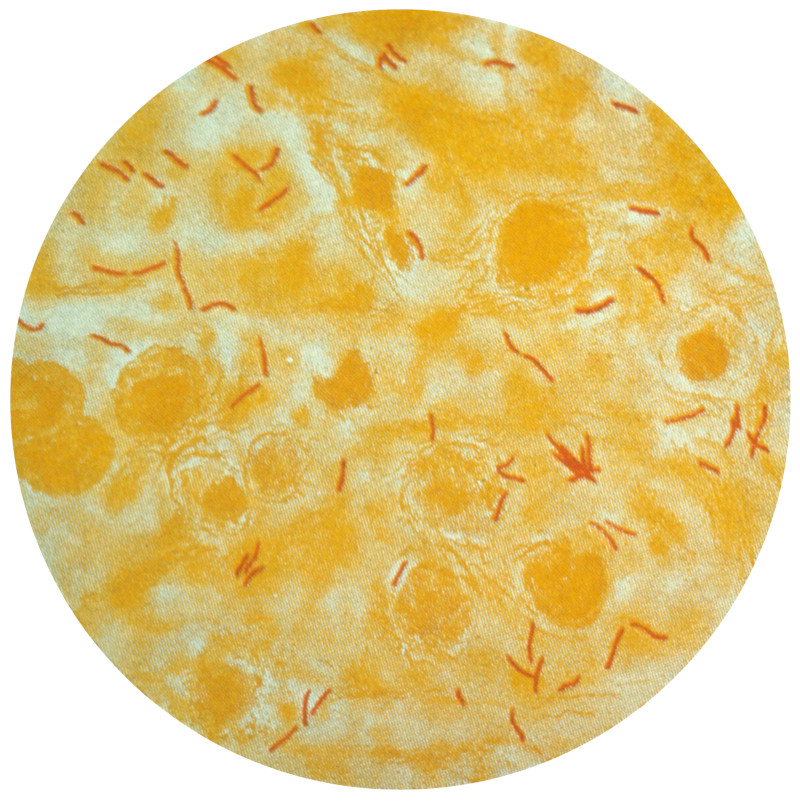
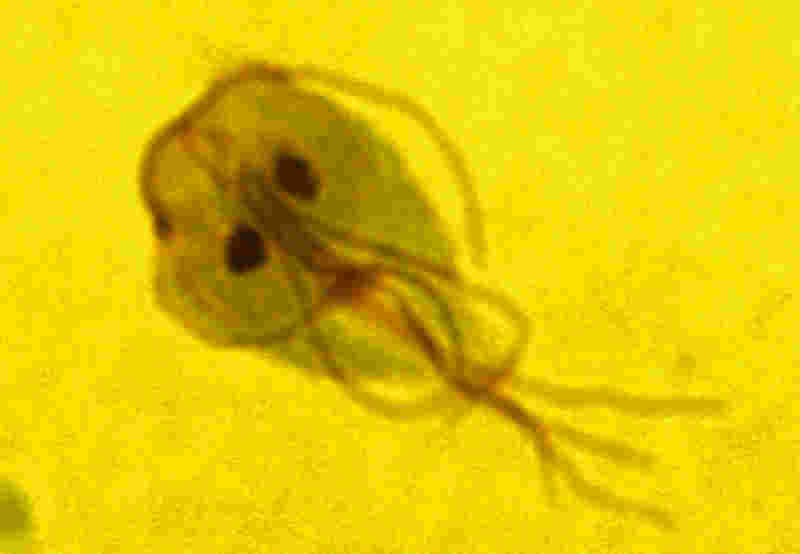
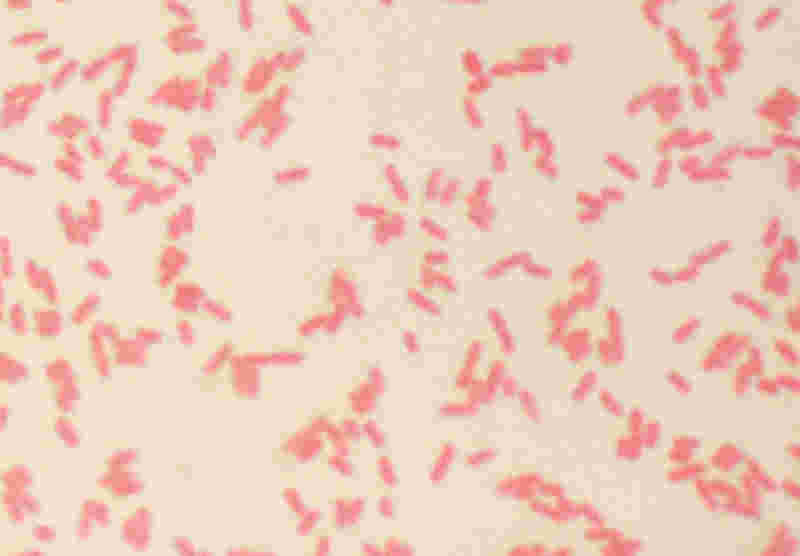
| Organism | Result |
|---|---|
| Streptococcus pyogenes | Positive |
| Streptococcus agalactiae | Negative |
| Enterococcus faecalis | Positive |
| Assay | Mean (U/L) | Standard deviation |
|---|---|---|
| ALP | 60 | 3 |
| ALT | 20 | 2 |
| AST | 25 | 3 |
| GGT | 20 | 5 |
